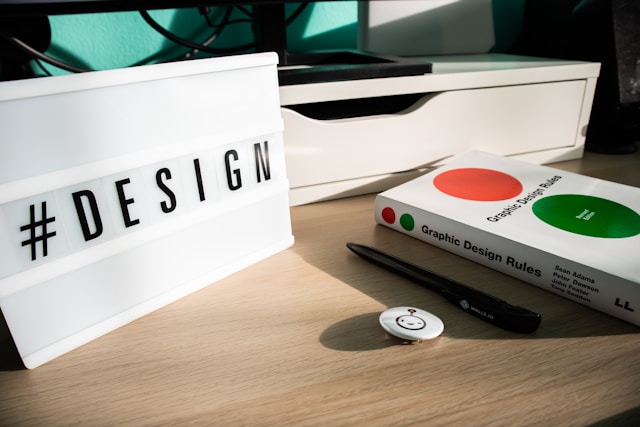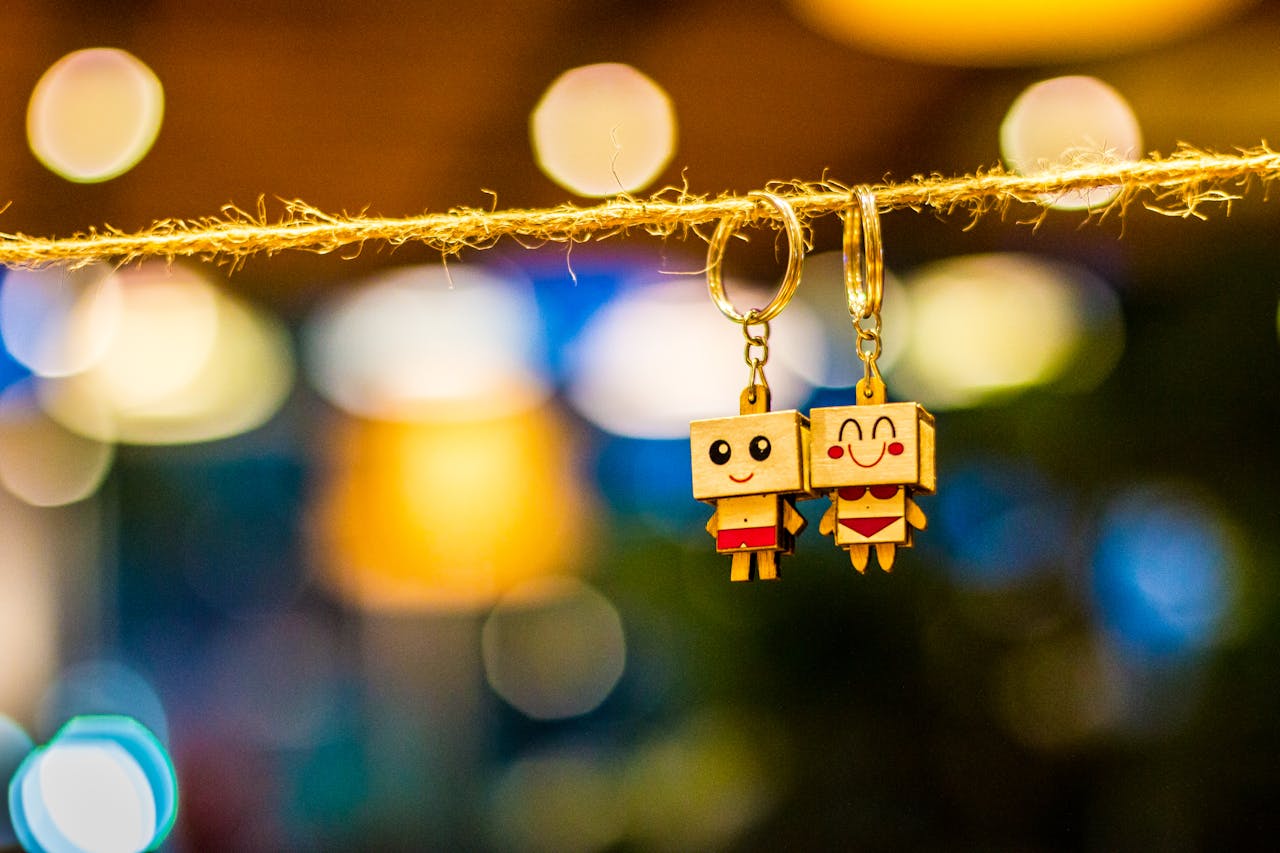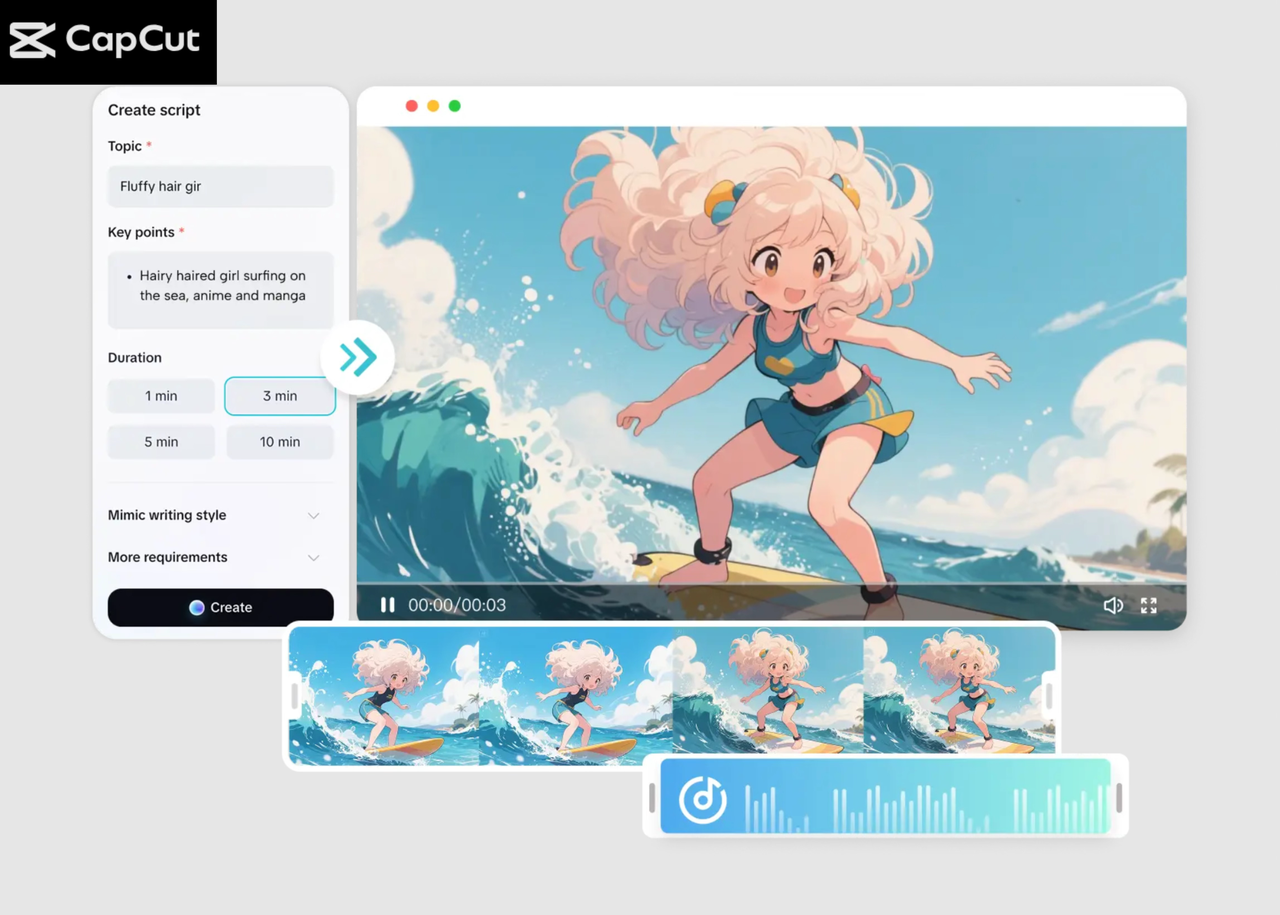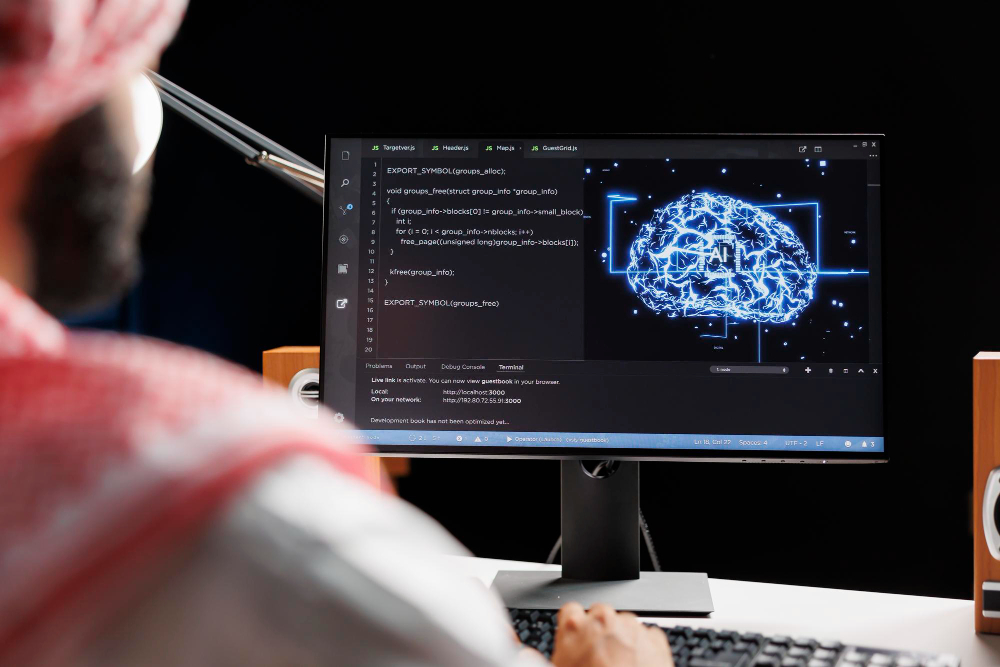A smooth and effective graphic design process is the backbone of any successful creative project. As a graphic designer, understanding each stage from the initial brief to final delivery helps you stay organized, communicate clearly, and deliver results your clients will love.
Key takeaways
- A structured process for graphic designers helps ensure clarity, consistency, and alignment with client goals.
- Each stage is essential for avoiding miscommunication and saving time on revisions.
- Using the right tools and resources, like design collaboration platforms and quality fonts, can streamline your workflow.
- Delivering organized and complete final files leaves a professional impression and encourages repeat business.
Graphic Design Process
A good design needs a clear graphic design process to ensure it meets the client’s needs and expectations. Here are some graphic design process steps every designer should follow to create successful and impactful work.
1. Briefing with Client

Briefing with client | Image Source: Unsplash
Every successful graphic design project begins with a strong creative brief. By defining the project scope, setting clear objectives, and outlining expectations, a well-prepared brief reduces the risk of miscommunication and ensures a smoother design process.
It should include key details such as brand guidelines, target audience, project goals, deliverables, budget, timeline, and preferred styles. Using collaboration tools like Google Docs can improve clarity and teamwork. For complex projects, discussing the brief in person or via video helps address any ambiguities early on.
2. Researching for Better Design Decisions
Research is the backbone of the design process graphic design relies on to create effective outcomes. It involves gathering insights through brand audits, market research, and user persona development. Solid research not only prevents missteps but also uncovers inspiration and fresh direction to reach the goals.
To enhance your research, go beyond surface-level analysis—review competitors in-depth, speak to their customers, study feedback, and social media presence. These steps will give you a strong strategic foundation, helping you create more informed, relevant, and impactful designs.
Also Read : 10 Creative Digital Marketing Tactics to Boost Engagement
3. Brainstorming for Your Design

Brainstorming for the design | Image Source: Unsplash
Before diving into design, it’s essential to start with a brainstorming phase. This allows designers to explore multiple directions and present 3–5 initial ideas for feedback. The creative brief should mention this step and include inspiration or visual references from the project owner if they have a clear vision.
Whether using pen and paper or digital tools, brainstorming brings together colours, moods, and concepts. Tools like Google Docs, Canva, or Miro enable collaborative, asynchronous idea sharing—ideal for remote teams and flexible schedules. This organized approach sets the stage for smoother, faster design execution.
4. Visual Concept Making
After brainstorming and settling on a concept, it’s time to bring the idea to life through the design process for graphic designers. This phase starts with rough sketches to map the layout, structure, and key elements. For digital projects, this involves mapping out UX flows and organising content structure.
Focus on structure before style to catch issues early. Explore different styles, colors, and layouts, and keep all versions—you might revisit them later. Step away from your work for a fresh perspective, and don’t forget to gather feedback. Use AI tools to streamline and enhance the creative process as you refine the design.
Also Read : 10 Chrome Extensions for Graphic Designers to Improve Your Work!
5. Revision before Finalize
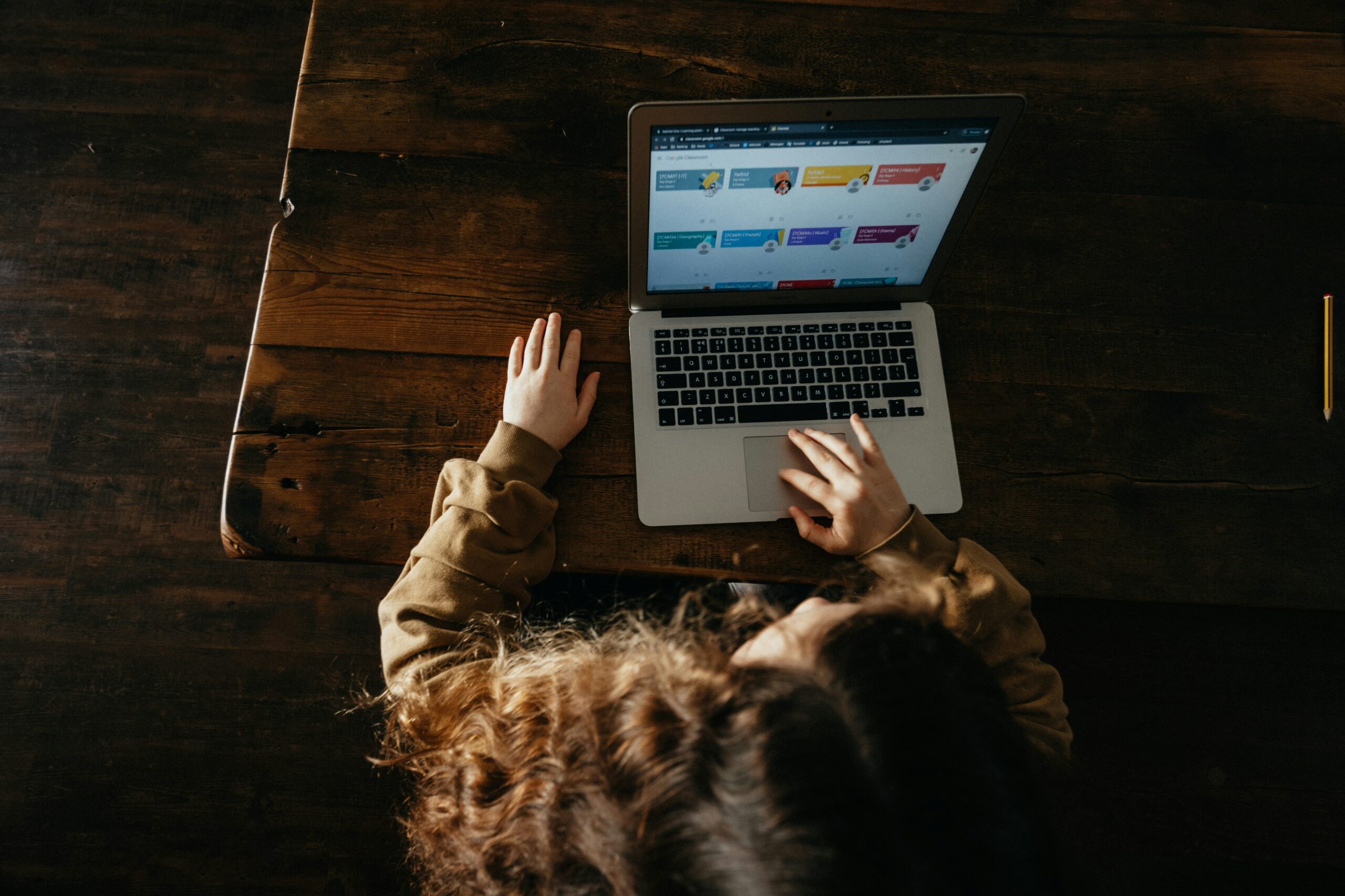
Revision before finalizing the design | Image Source: Unsplash
Once the first draft is submitted, the design enters the review phase—an essential step for gathering structured, meaningful feedback. During this stage, stakeholders assess the work and suggest revisions to improve the outcome. Even with a solid brief and design process, tweaks are often needed.
To optimize this step, use design review tools like Filestage to streamline feedback. Features like annotations, highlights, and version comparisons make it easier to collaborate. Whether you’re leaving comments directly on a PDF, using Loom for a visual walkthrough, or drawing on mockups, the goal is to make feedback clear.
6. Design Finalisation Process
Proper finalization is one of the key graphic design process stages to ensure the client receives polished and functional files, avoiding future issues such as incorrect formats or missing assets.
At this stage, run a thorough quality check by confirming print files are in CMYK, digital exports are in high resolution, and all assets are clearly labelled and well organised.
Also Read : Top 6 AI for Graphic Design to Improve Designers Workshipman
7. Sending the Result
Wrapping up a design project isn’t just about sending files—it’s about delivering a complete, usable package the client can rely on. Provide all required assets, including editable source files and final formats like JPG, PNG, and PDF. Use descriptive file names and organize everything into clearly labelled folders.
To close the project professionally, consider a short debrief with the client to review outcomes and address any final questions. This ensures a clean handover, avoids confusion later, and positions you well for future work.
Also Read : Graphic Design Work from Home: Be a Professional by Yourself
Now You Know the Graphic Design Process You Should Follow!
As a graphic designer, understanding the entire design process is essential to delivering clear, professional results that clients value. A well-structured workflow helps prevent misunderstandings, streamlines collaboration, and ensures your work meets expectations.
Also, to make your work easier and more effective, it’s important to have reliable font resources. That’s where Creatype Studio comes in with their exclusive font collection. You’ll have access to a font collection that is perfect for your designs with the creative brief.
